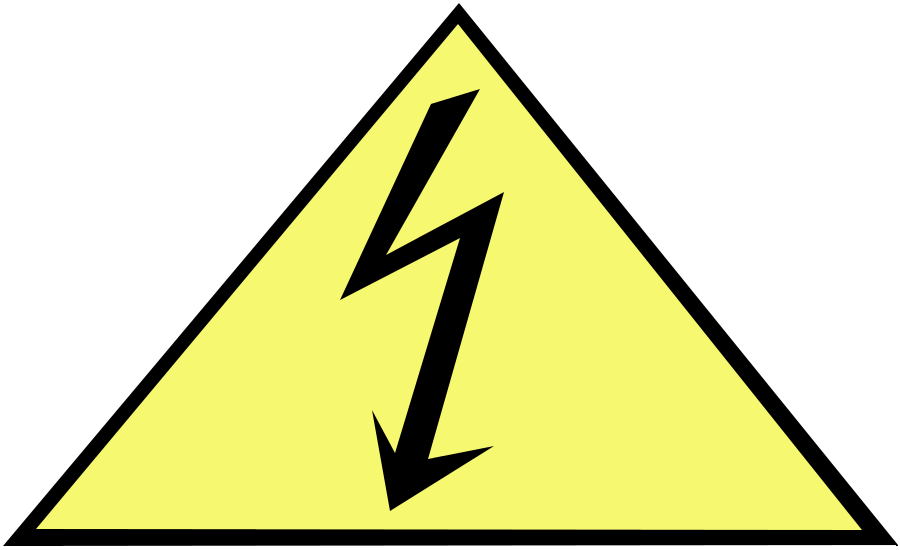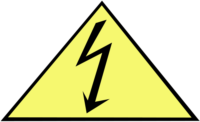Boating season is underway, with thousands of people taking to the water for fun and fishing. When it comes to boating-related hazards, sunburns and drowning come to mind, but Electrical Safety Foundation International (ESFI) says boaters should also be mindful of electrical dangers.
Surprising cause of drowning
One potential hazard not often discussed is Electric Shock Drowning (ESD). This occurs when electrical current leaks from boats or marina equipment into the water. This low level alternating current passes through the body of a nearby swimmer with sufficient force to cause skeletal muscular paralysis, causing the victim to drown. According to the Electric Shock Drowning Prevention Association, ESD occurs in fresh water and the majority of ESD deaths have occurred near public and private marinas and docks.
“Electric Shock Drowning incidents continue to occur,” said ESFI President Brett Brenner. “Swimmers need to obey all signage, especially those prohibiting swimming in certain areas. Boat operators and marina owners should also take preventative measures, such as regular safety inspections and proper maintenance, to ensure their electrical equipment operates safely.”
How to avoid ESD
To reduce the risk of Electric Shock Drowning and other common boat-related electrical hazards ESFI recommends the following:
- Don’t allow yourself or anyone else to swim near docks. Avoid entering the water when launching or loading your boat.
- If you begin to feel a tingle while swimming, the water may be electrified. Swim back in the direction from which you came and get out as soon as possible avoiding the use of metal objects such as ladders.
- Have your boat’s electrical system inspected and checked for safety upgrades by a certified marine electrician regularly.
- Have Ground Fault Circuit Interrupters (GFCIs) installed on your boat and test them once a month.
- Consider having Equipment Leakage Circuit Interrupters (ELCIs) installed to protect nearby swimmers from potential electricity leakage into water surrounding your boat.
- Only use shore or marine power cords, plugs, receptacles, and extension cords that have been tested by Underwriters Laboratories (UL), Canadian Standards Association (CSA) or Intertek (ETL).
- Never use cords that are frayed or damaged or that have had the prongs removed or altered.
- Never stand or swim in water when turning off electrical devices or switches.
- Always maintain a distance of at least 10 feet between your boat and nearby power lines.
- If you suspect that someone is swimming in electrified water resist the urge to enter the water. Many rescuers have died trying to help ESD victims. Instead shut off all nearby power sources, if possible.
For ESFI’s complete collection of Boating and Marina Safety resources, visit www.esfi.org.
ABOUT ESFI:
ESFI is a 501(c)(3) non-profit organization dedicated exclusively to promoting electrical safety.






